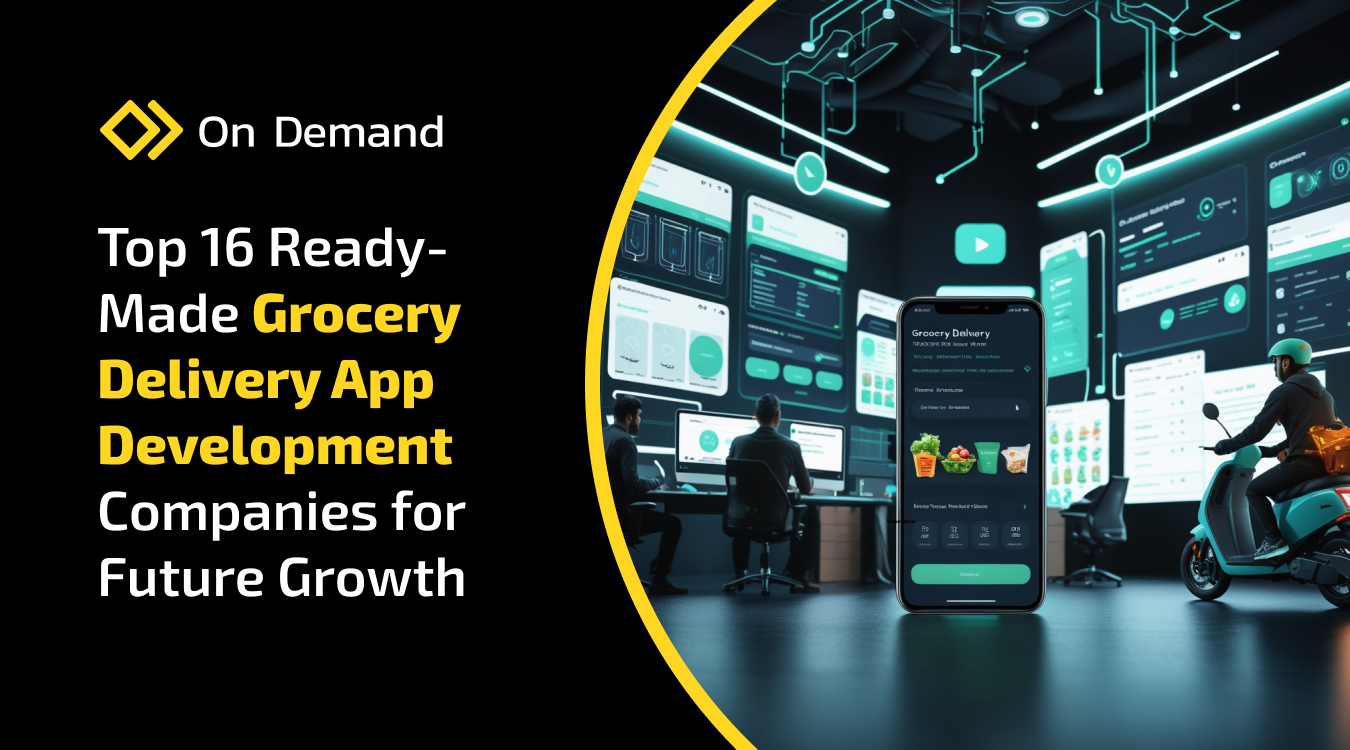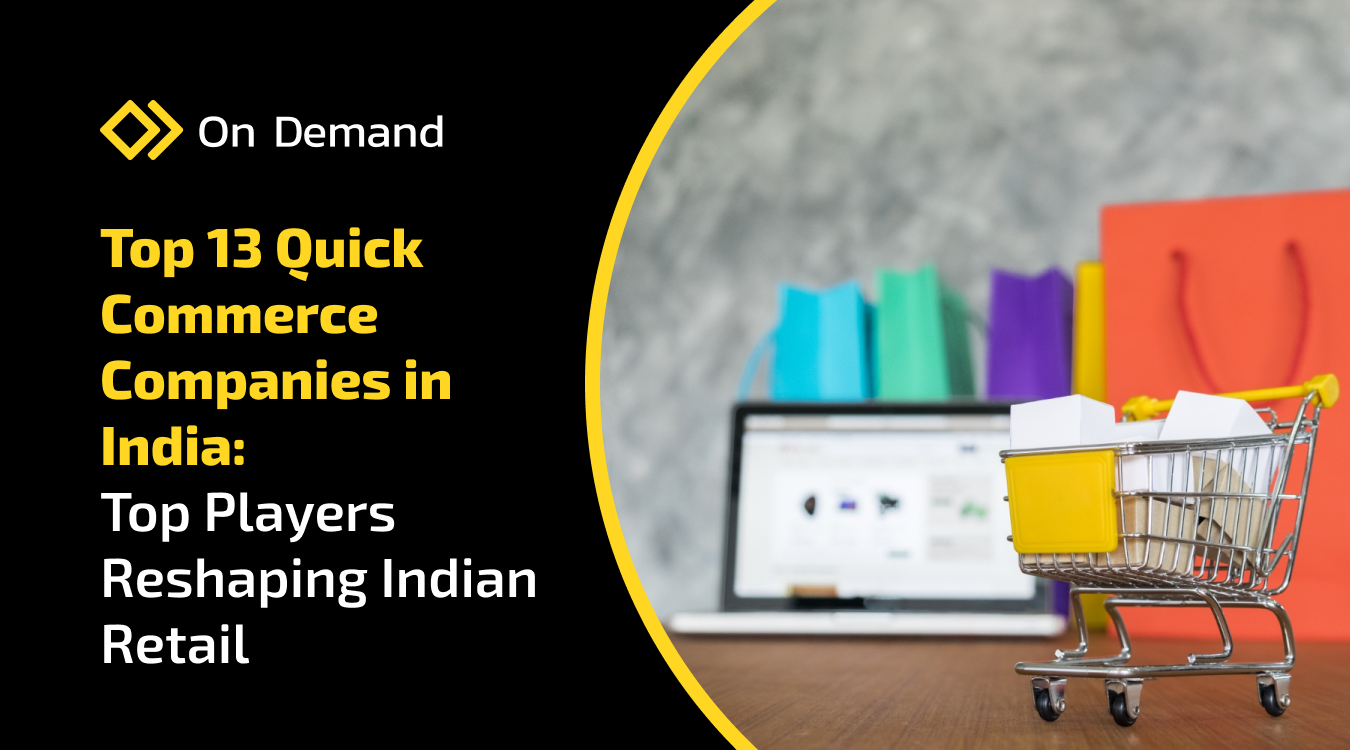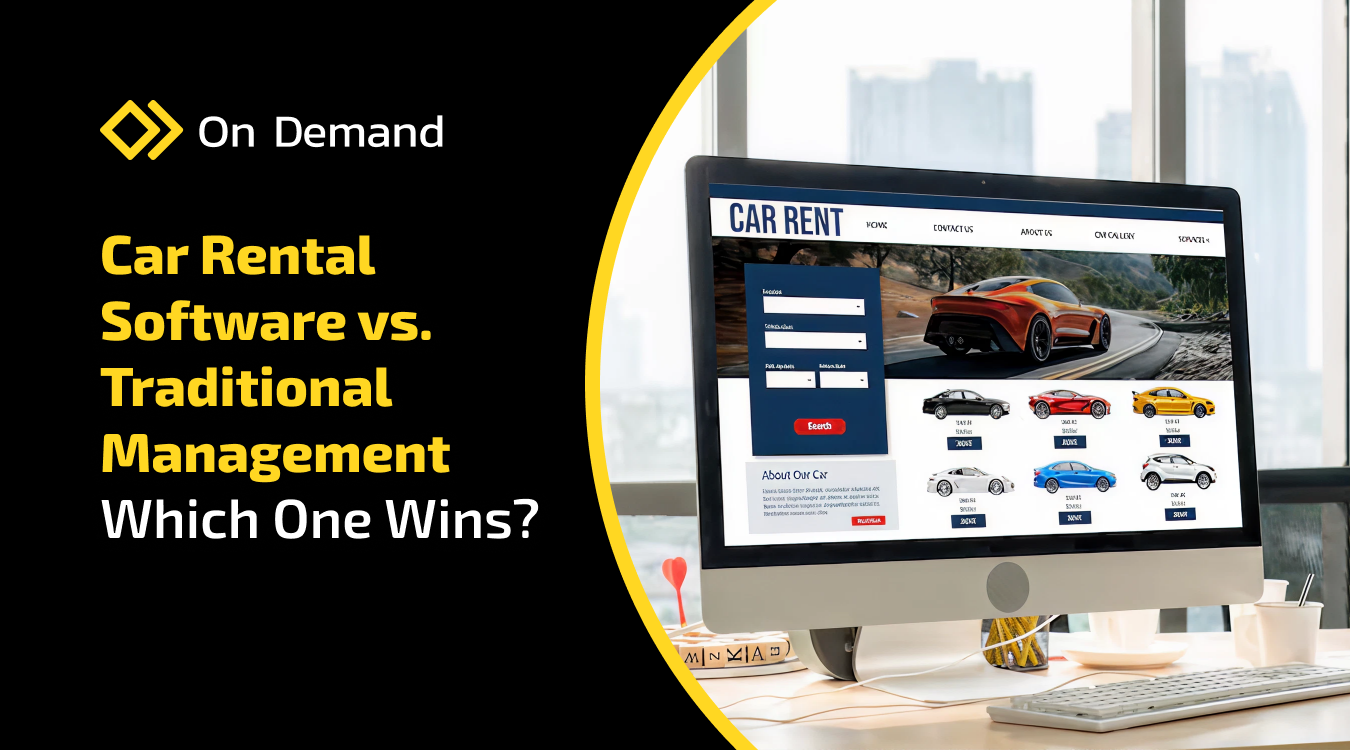Posted At: Oct 09, 2024 - 1,894 Views
10 minutes to read
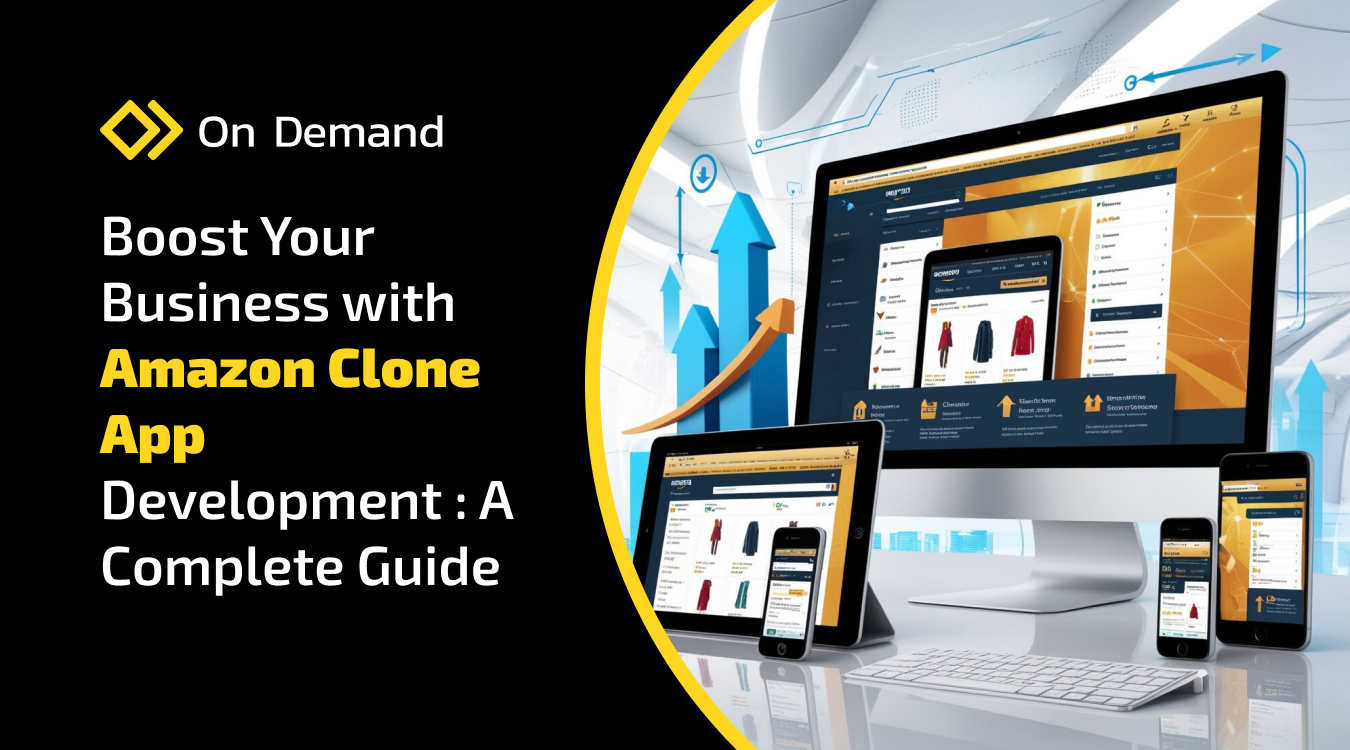
In a discussion about e-commerce giants that have revolutionized the way users purchase products forever, Amazon is a staple monopoly that dominates the subject as it has successfully popularised the convenience of e-commerce in our society. With its incredibly lucrative catalog of 600 million products , with over 12 million products by Amazon that continue to expand, much like its user base, Amazon has become a monopoly in its segment. This immense popularity of Amazon has led many traditional businesses to shift their operations from offline to the online market by investing in their own Amazon clone app development.
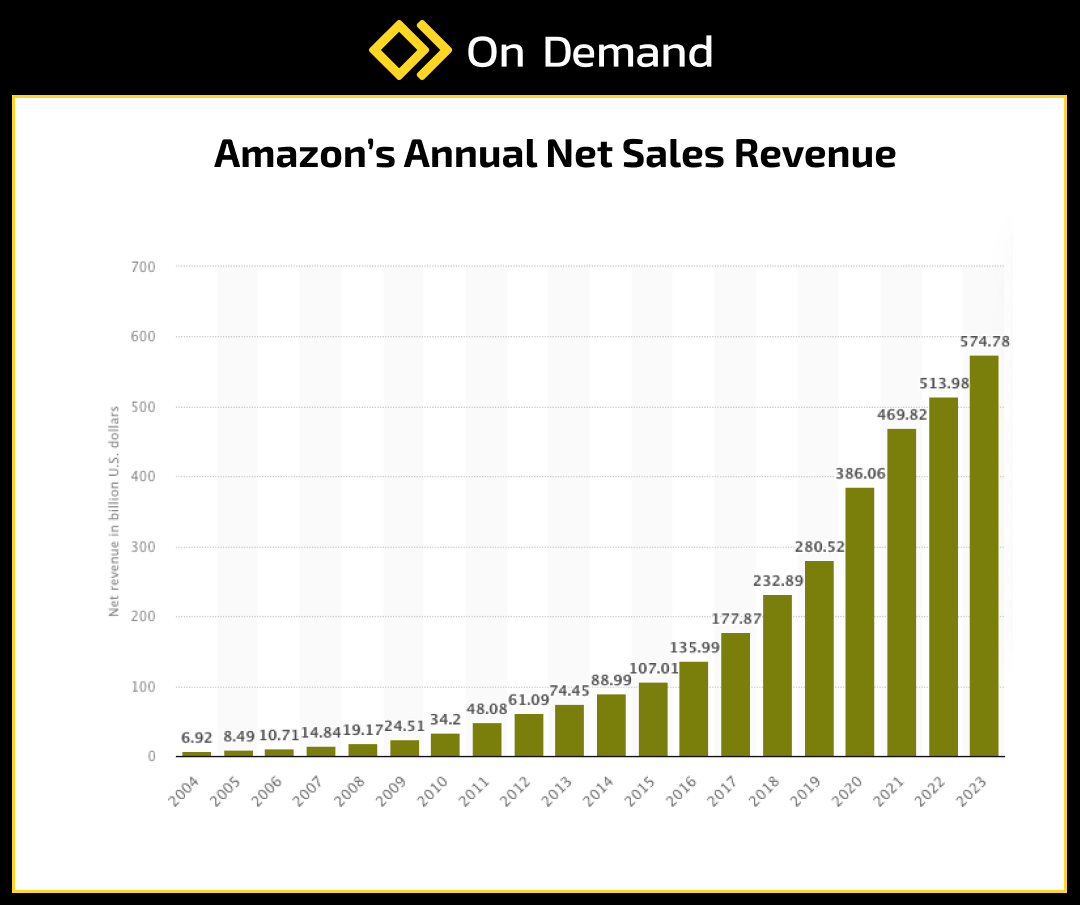
Today, any startup or existing business is coerced to formulate its digital presence, either showcasing its products on e-commerce giants like Amazon or creating its own alternative. Escaping hefty commissions and burying products in a sea of similar brands are prime examples of why businesses regularly opt for developing their own e-commerce alternatives.
If you want to develop an Amazon clone app or acquire a readymade e-commerce on-demand-app solution , the following information will be helpful. We will discuss several beneficial Amazon clone features you must consider while developing an Amazon-like app for your business.
How Does a Readymade Amazon Clone App Function?
Much like the development and execution of on-demand solutions for gas and fuel delivery app development , clone apps work with two panels: users and drivers. The same concept is applied to the Amazon clone app as well. One panel is aimed at customers, who can browse products ranging from baby toys to adult clothes, mobile phones, and laptops. The second panel is aimed at sellers, where they can list all the products they want to sell.

What Is The User Experience Of Customers Using An Amazon Clone App?
To use the application, customers need to register themselves on the application by providing their basic information. Vendors also need to register themselves to sell their products on Amazon. After registering, customers can search for the product they want to buy. If they find the product useful, they can place an order.
Placing the order will lead the customers to the payment page, where they make payments for the chosen product. Customers uncomfortable making an upfront payment can opt for the cash-on-delivery option. The chosen product is delivered to the customer's address within the committed time.
After this entire process, the admin transfers the amount to the vendor after deducting their commission. If an easy return or exchange offer is applied to that product, the admin will hold the vendor's payment until the exchange period passes.
Much like the real app and its functionality, the Amazon clone app development will also involve integrating such features in the same way unless your business decides to make customized changes to the ready-made Amazon clone app development .
Must-have Features for an Amazon Clone App Development

Here we have the outline for some of the must-have features of e-commerce apps, along with some other unique features that curate a successful Amazon clone app development:
- Customer Register or Login: Enable your customers to log in or register on your site without hassle. Make it a simple process. You can also allow customers to browse product categories as guest users.
- Wishlist: This feature comes in handy when a customer likes a product and wants to save it to buy later. It lets them save the product in the wishlist so that they can purchase it next time.
- Synchronization: This feature lets users synchronize their mobile phone and computer shopping data and is vital to the overall success of the Amazon clone app development.
- Rating and Reviews: Allow customers to rate and review products. Other shoppers can use this information to decide whether to invest in the product.
- Multiple Payment Options: You need to incorporate multiple payment options for customers so they can choose the most convenient method while navigating the intricacies of your ready-made Amazon clone app development.
- Social Media Integration: Integrating social media platforms into your Amazon clone application will help keep shoppers engaged and make the sign-up and login process easier.
- Push Notification: This feature enables eCommerce business owners to send important notifications to shoppers. The notifications can include discounts, the latest products, and so on.
- Real-time Order Tracking: When customers place an order, an app like Amazon sends them a notification containing a real-time link to track their order.
- Product Search: Allowing users to search for the desired products effectively will make your application more useful to your customers.
- Personalized Recommendations:- Gathering user insights from existing users helps e-commerce apps like Amazon offer targeted recommendations of products more likely to be purchased by the user.
Understanding the Development Cost of a White-Label Amazon Clone App
What does an Amazon clone app cost? The cost structure of an Amazon clone app development contains numerous aspects to consider. Such factors aptly dictate the e-commerce app development costs, including its functionality, the number of functions it incorporates, the technologies employed, and the team that has developed the application. Below is a breakdown of the potential costs associated with developing an Amazon clone app:
Development Component | Estimated Cost (USD) |
Basic App Design | $5,000 - $10,000 |
Front-End Development | $10,000 - $20,000 |
Back-End Development | $15,000 - $30,000 |
API Integration (Payment, Social Media, etc.) | $5,000 - $15,000 |
Testing & Quality Assurance | $5,000 - $10,000 |
Project Management | $3,000 - $7,000 |
Total Estimated Cost | $43,000 - $92,000 |
Read More:- 7 Ways To Reduce Your E-commerce Shipping Cost
Choosing the Right Tech Stack for Your Amazon Clone App
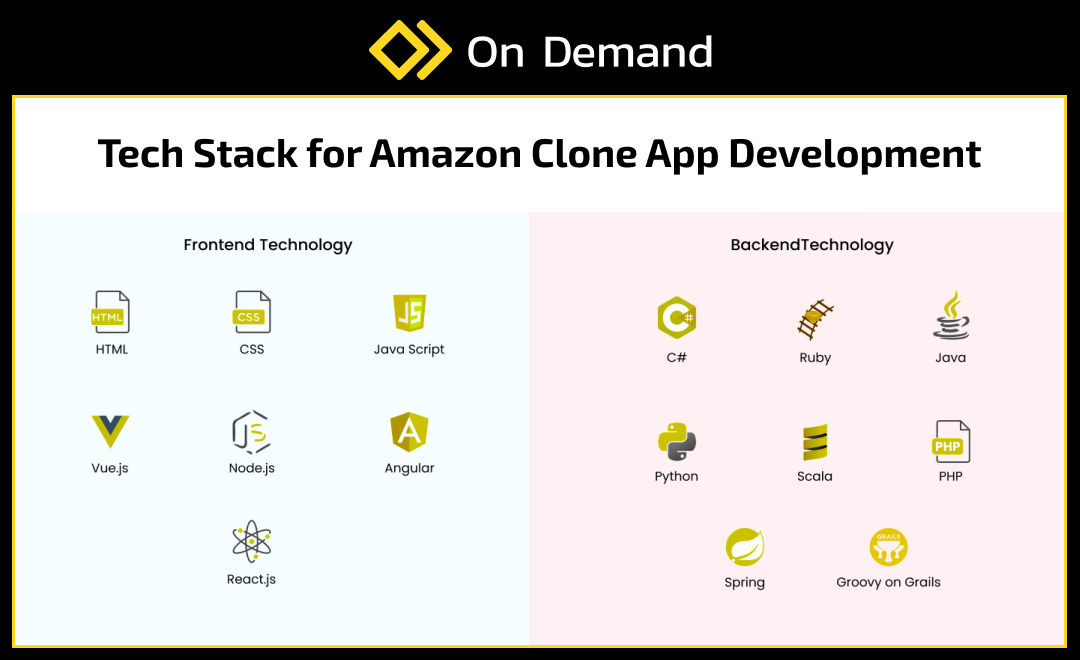
Selecting the right technology stack is crucial for the success of your Amazon clone app development. The tech stack will determine the app’s performance, scalability, and security. Here are the key components of the technology stack you should consider:
- Frontend Technologies:
- React.js or Angular.js for creating excellent UI responding to users’ inputs.
- HTML5 and CSS3 to design the layout and look of your software program.
- Backend Technologies:
- Node.js or Django for handling server-side logic and operations.
- Express.js or Flask for creating RESTful APIs.
- Database:
- MySQL or PostgreSQL for structured data storage.
- MongoDB for unstructured data management.
- Payment Gateway Integration:
- Stripe or PayPal for secure online transactions.
- Stripe or PayPal for secure online transactions.
- Cloud Services:
- Amazon Web Services (AWS) or Google Cloud Platform for hosting and scalable cloud solutions.
- Amazon Web Services (AWS) or Google Cloud Platform for hosting and scalable cloud solutions.
- DevOps Tools:
- Docker for containerization and deployment.
- Kubernetes for managing and scaling containerized applications.
- Mobile App Development:
- React Native or Flutter for cross-platform mobile app development.
Carefully selecting the right technology stack for your Amazon clone app development can ensure its reliability and sustainability while optimizing its performance for better cross-platform functionalities.
Read More:- Discover the Ultimate Technology Stack for On-Demand Apps: Key Components & Tools
Final Thoughts: Elevate Your Business with Amazon Clone App Development
While configuring the strategy for your Amazon clone app development, it is advisable to consider the application's functionality, the cost of building an Amazon clone app, and its technology stack. This way, creating a powerful and scalable application that will meet a business’s requirements and customers' expectations will be possible. Investing in the right features and technology will help place your app in the eCommerce market forecast and propel your business forward.
Lastly, to answer the question of what are must-have features in an Amazon clone mobile app, there is the easy signup, wishlist, cross-device compatibility, rating and review system, methods of payment, social media integration for authorization, notification, order tracking, and search. Such features help to ensure the loyalty of your app to deliver a similar user experience to the original Amazon platform for the sake of customers’ satisfaction and the business's success.
Frequently Asked Questions (FAQs)
1. What is Amazon clone app development?
- Advantages: Customization, control over the platform, and avoiding hefty commissions.
- Target Audience: Startups and businesses looking to expand online.
2. How much does it cost to build an Amazon clone app?
- Key Cost Factors: App complexity, technology stack, and development team's expertise.
- Cost Optimization Tips: Start with an MVP and gradually add advanced features.
3. What are the must-have features for an Amazon clone app?
- Additional Features: Social media integration, push notifications, and personalized recommendations.
- User Experience: These features ensure a seamless shopping experience.
4. What technology stack is best for developing an Amazon clone app?
- Payment Gateway Options: Stripe or PayPal for secure transactions.
- Mobile Development: React Native or Flutter for cross-platform compatibility.
5. Why should I choose a white-label Amazon clone app solution?
- Benefits: Fast deployment, reduced development costs, and full control over customization.
- Customization Options: Modify the app's design, features, and functionality to match your brand's needs.



